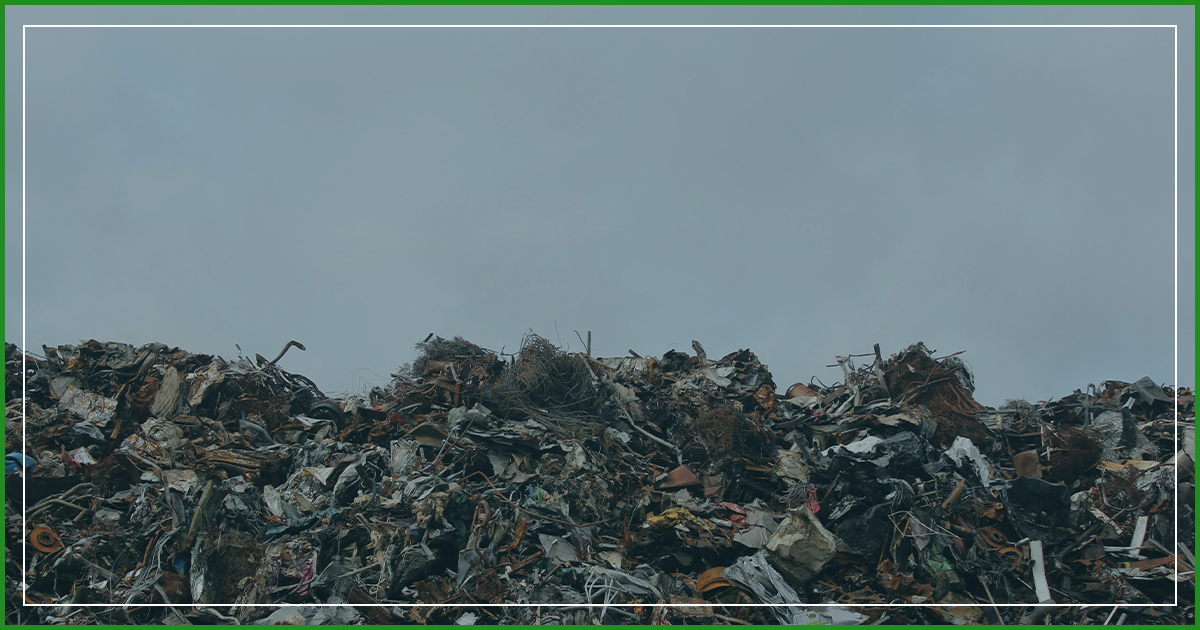 In the vast natural beauty of Montana's landscape, landfills play a crucial role in waste management by facilitating the safe and efficient disposal of waste materials while minimizing environmental impact.
However, with this responsibility also comes the potential for environmental harm. Determining liability for pollution emanating from landfills is a complex issue, often entwined with legal, regulatory, and environmental considerations.
At Western Justice Associates, PLLC, we know that understanding when a Montana landfill can be held liable for pollution requires navigating through a maze of local and federal laws and regulations.
In this blog post, we'll examine the key factors holding landfill owners accountable for environmental pollution and shed some light on how waste management is governed in the Treasure State.
In the vast natural beauty of Montana's landscape, landfills play a crucial role in waste management by facilitating the safe and efficient disposal of waste materials while minimizing environmental impact.
However, with this responsibility also comes the potential for environmental harm. Determining liability for pollution emanating from landfills is a complex issue, often entwined with legal, regulatory, and environmental considerations.
At Western Justice Associates, PLLC, we know that understanding when a Montana landfill can be held liable for pollution requires navigating through a maze of local and federal laws and regulations.
In this blog post, we'll examine the key factors holding landfill owners accountable for environmental pollution and shed some light on how waste management is governed in the Treasure State.
Understanding Landfill Pollution
Landfills serve as repositories for various types of waste, ranging from household garbage to industrial byproducts. While modern landfills are engineered to contain and manage waste effectively, they can still pose environmental risks if not properly managed. In Montana landfills, typical items accepted include:- Household waste
- Construction debris
- Yard waste
- Non-hazardous industrial waste
Regulatory Framework
In Montana, the regulation of landfills and waste management falls under the purview of state and federal laws, as well as local ordinances. The Montana Department of Environmental Quality (DEQ) plays a central role in overseeing landfill operations and enforcing environmental regulations. Landfills must obtain permits from the DEQ, which outline specific requirements for waste disposal, monitoring, and remediation. Compliance with these regulations is essential for mitigating pollution and avoiding liability. Montana employs a Solid Waste Advisory Committee (S.W.A.C.) whose stated purpose is "to enhance communication and the working relationship between the Department and solid waste management facility owners/operators, through the discussion of issues and the exchange of ideas."Liability Under Environmental Laws
Several environmental laws govern liability for pollution from landfills in Montana. The Comprehensive Environmental Response, Compensation, and Liability Act (CERCLA), commonly known as Superfund, imposes liability on parties responsible for releasing hazardous substances into the environment, as well as providing a Federal "Superfund" to clean up uncontrolled or out-of-service hazardous-waste sites. These funds help minimize the effects of accidents, spills, and other emergency releases of pollutants and contaminants into the environment. Under CERCLA, both current and past owners or operators of landfills can be held liable for cleanup costs and damages resulting from pollution. Additionally, the Resource Conservation and Recovery Act (RCRA) regulates the management of hazardous and non-hazardous waste, imposing strict requirements on landfill operators to prevent pollution and ensure proper waste disposal.Proving Liability
Establishing liability for pollution from a Montana landfill requires demonstrating several key elements.- First, there must be evidence of pollution emanating from the landfill, supported by scientific data and environmental monitoring.
- Second, the party seeking to hold the landfill liable must establish a causal link between the pollution and the actions or negligence of the landfill operator. This may involve proving violations of environmental regulations or failure to implement adequate pollution control measures.
- Finally, the extent of damages caused by the pollution must be quantified, including the costs of cleanup, remediation, and any harm to natural resources or public health.
Schedule a Consultation
Contact our firm to speak with a Bozeman personal injury or environmental litigation lawyer who can carefully assess your claim and advise you of your rights and legal options during a complimentary initial consultation.
Defenses and Mitigating Factors
Landfill operators facing allegations of pollution may assert various defenses and mitigating factors to limit their liability. Common defenses include:- Demonstrating compliance with environmental regulations
- Arguing that the pollution resulted from third-party activities beyond their control
- Invoking statutory limitations on liability







